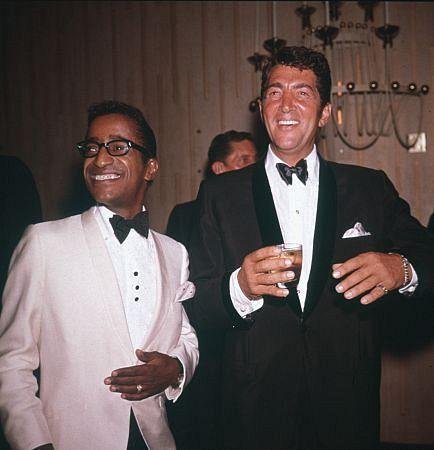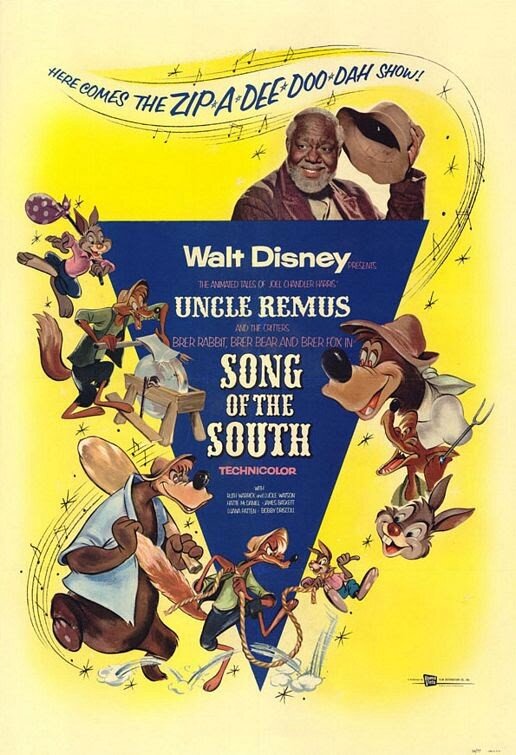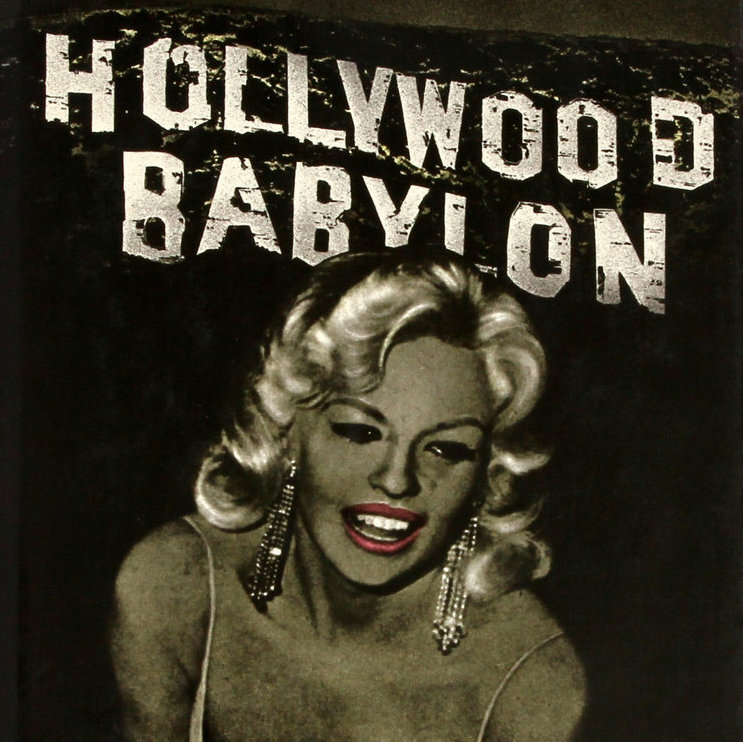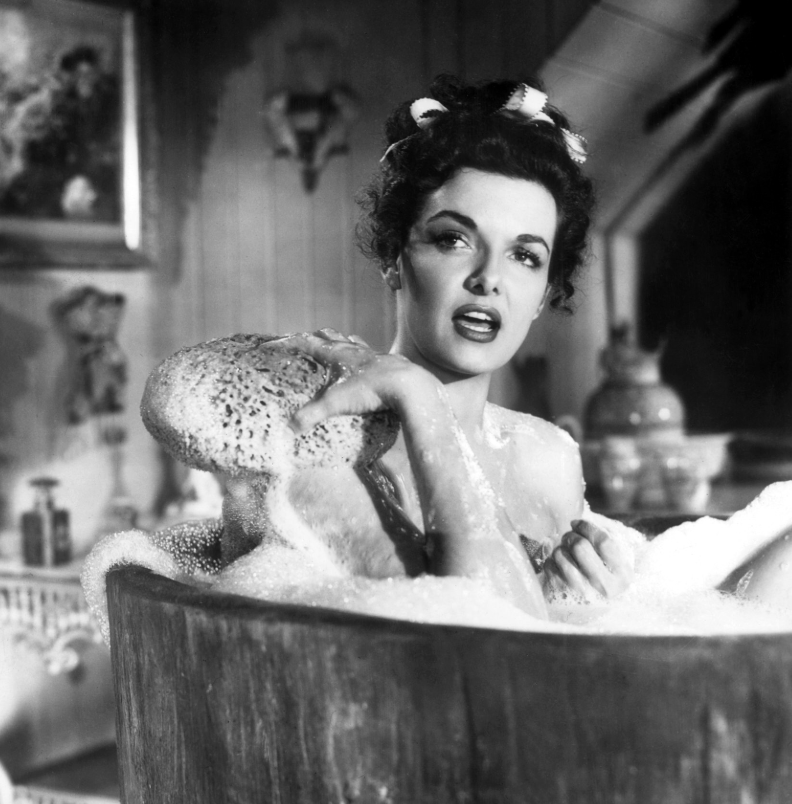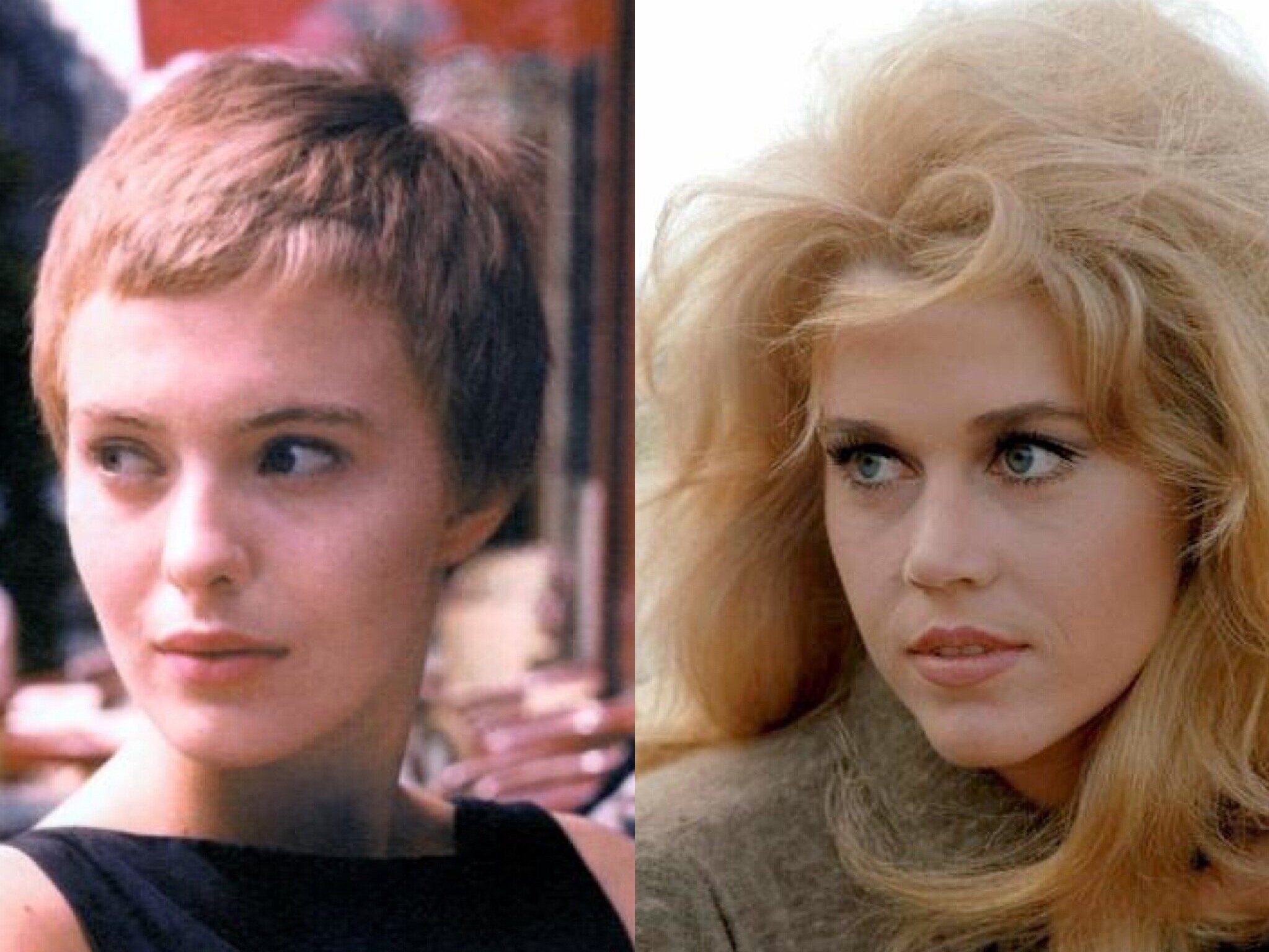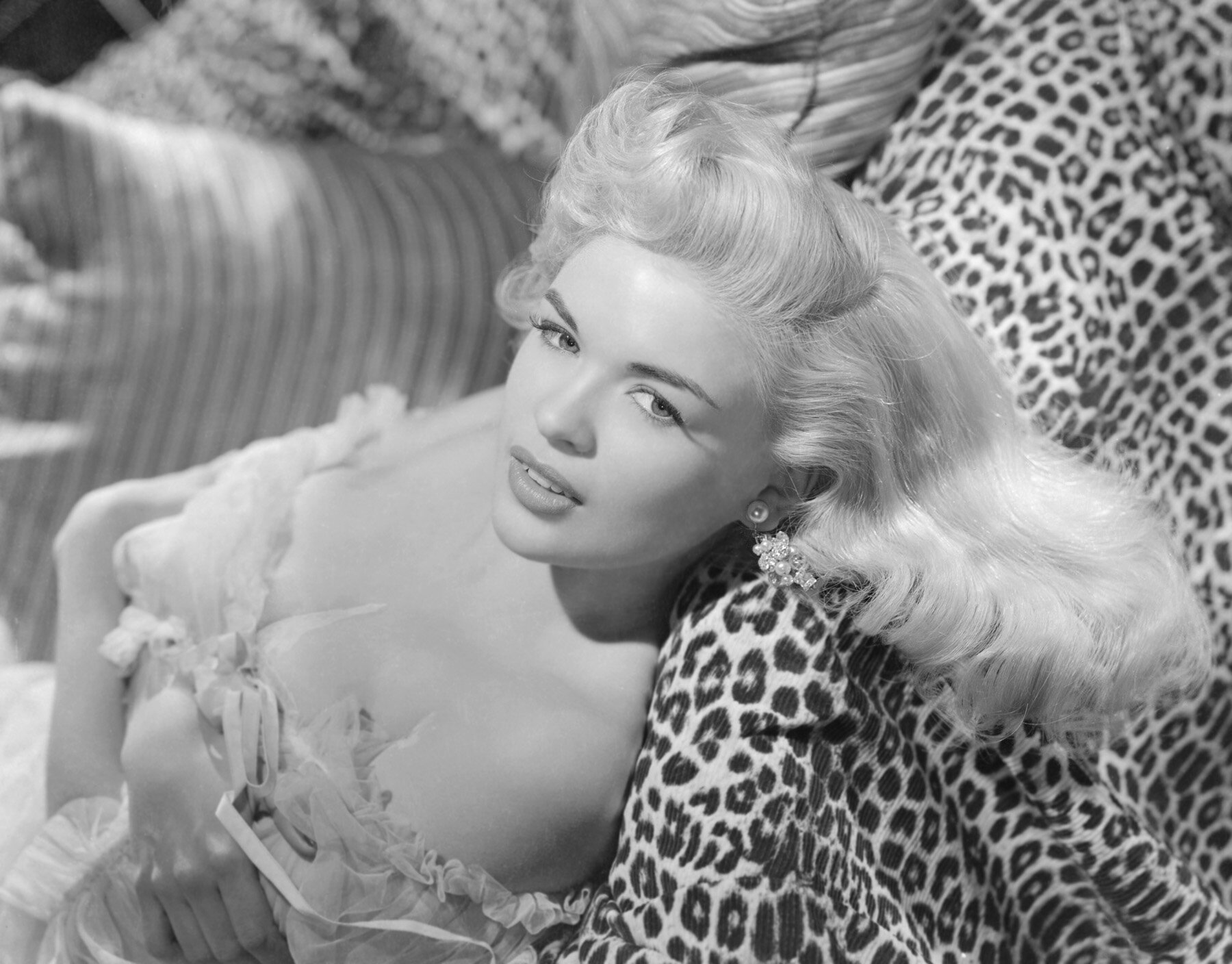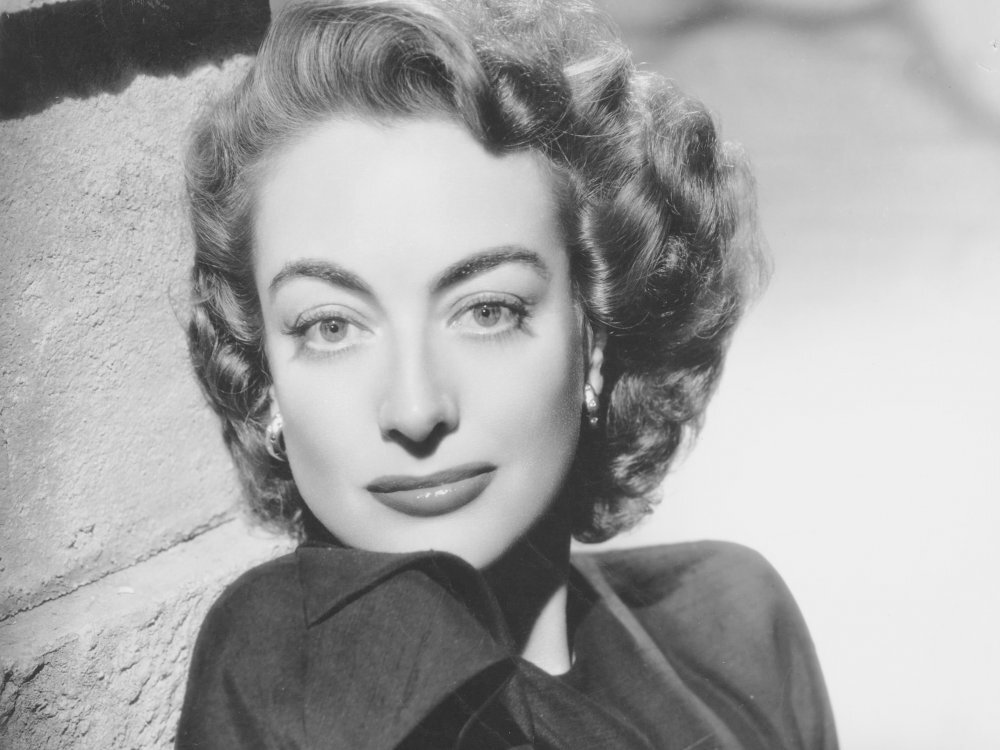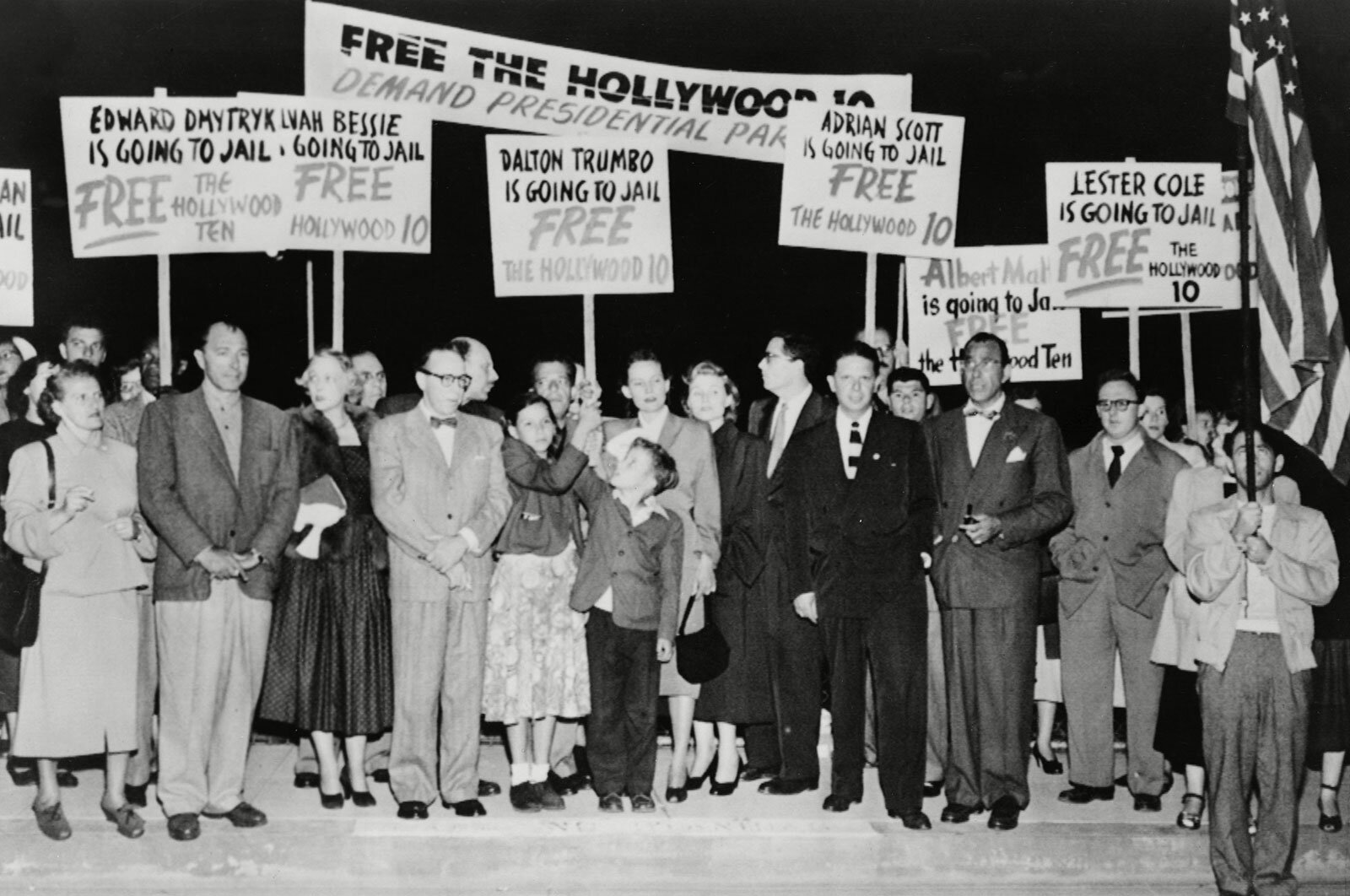In The Old Man is Still Alive, we will look at the late filmographies of a number of directors whose careers began in the early decades of Hollywood, who were still making movies in the 60s and 70s (and even 80s). In many cases, these directors, many of them Oscar winners or the men behind undeniable classics like It's a Wonderful Life, My Fair Lady, Sunset Boulevard, Gigi and Psycho, attempted – or were forced – to engage with massive changes in technology; sudden-seeming shifts in attitudes towards race and gender; and a new generation of studio executives and audiences who could be skeptical that an old man had anything to offer in a world obsessed with burning down the past and starting fresh. Some railed against the new “degenerate” cinema made by, in Billy Wilder’s phrase, “the kids with beards” and tried to keep doing what they had been doing for 30 years; others were quick to try to get with the times by making films that confronted the generation gap and a transformed society (even dropping acid as “research”); others fell somewhere in between.
The Old Man is Still Alive Episodes:
INTRODUCING: THE OLD MAN IS STILL ALIVE: A preview of the new season of You Must Remember This, which covers the late careers of Alfred Hitchcock, John Ford, Howard Hawks, Vincente Minnelli and ten other directors who began their careers in the silent or early sound eras, and were still making movies in the 1960s, ‘70s and ‘80s, in spite of the challenges posed by massive cultural changes and their advanced age. In this mini-episode we’ll discuss the parallels between this history and today, from the tech industry takeover of Hollywood to the late work of Coppola and Scorsese; the interview with George Cukor that inspired the title of this season; the Orson Welles-Peter Bogdanovich-Quentin Tarantino connection that informs the way we think about “old man” movies, and much more. Listen
FRANK CAPRA 1959-1971 (THE OLD MAN IS STILL ALIVE, PART 1): The director of It’s a Wonderful Life, who won five Oscars in the 1930s for films that embodied the pre-World War II notion of American exceptionalism, was pushed into semi-retirement by the early 50s by changes in tastes and political priorities. Capra was brought back to the Hollywood director’s chair by Frank Sinatra in the 1960s, but Capra quickly became embittered by an industry that he felt had left him behind, and in 1971 published an autobiography airing grievances about an industry that he believed was “stooping to cheap salacious pornography in a crazy bastardization of a great art to compete for the 'patronage' of deviates and masturbators.” Listen
FRITZ LANG 1959-1970 (THE OLD MAN IS STILL ALIVE, PART 2): In the mid-1930s, Fritz Lang fled Hitler and left a successful film career in Germany behind to come to America. After a 20 year career in Hollywood, Lang went back to a much-changed Germany to make two films that he had first developed in the 1920s, set in India but largely cast with non-Indian performers in brownface. Even Lang’s collaborators were concerned that these films, The Tiger of Eschnapur and The Indian Tomb, were politically incorrect and out-of-date. How did the director behind some of the most influential films ever made end up here, and how can we understand his late movies – and his appearance as himself in Jean-Luc Godard’s Contempt – as the culmination of all that came before? Listen
JOHN FORD 1962-1972 (THE OLD MAN IS STILL ALIVE, PART 3): Born in the 19th century, his career forged in the silent era, John Ford helped to invent the genre of the Western and still holds the record for the most Best Director Oscar wins of all time. Though he made films in all genres, and sometimes even tackled the same historical territory from different angles in different films, Ford had by the 1960s become synonymous with depictions of American history that honored maverick white men, while often villainizing, distorting or erasing Native Americans. In this episode, we will talk about the influence of Ford’s last masterpiece, The Man Who Shot Liberty Valance, and will look at Ford’s last two films, which to some extent feel like “mea culpas” for the offenses of his earlier career: the revisionist Western Cheyenne Autumn, and the female-centric adventure film 7 Women. Listen
HOWARD HAWKS 1955-1977 (THE OLD MAN IS STILL ALIVE, PART 4): In the 1960s, many American directors saw their fortunes turn after they notched massive hits. In the case of Howard Hawks – a director who had thrived in virtually every Hollywood genre since the late silent era– the undisputed masterpiece of Rio Bravo gave way to four poorly-received efforts, each of which bared the marks of a dying studio system, if they weren’t compromised by the literal dying off of the previous generation of stars. In the middle of this run, Hawks made Red Line 7000, a car racing drama which was at once familiar and personal to Hawks, and also totally foreign in that it was a movie set in the 1960s, infused with ‘60s sexual politics, and built around future New Hollywood star James Caan. Listen
VINCENTE MINNELLI 1962-1976 (THE OLD MAN IS STILL ALIVE, PART 5): Vincente Minnelli was the ultimate creature of the studio system, spending twenty years working for MGM and perfecting a distinct brand of big-budget, beautifully designed, often musical entertainment, from Meet Me in St. Louis to An American in Paris, The Bad and the Beautiful to Gigi. Minnelli’s late period begins with two films he made toward the end of his run at MGM, his proto-psychedelic remake of Four Horsemen of the Apocalypse (1962) and Two Weeks in Another Town, which painted such a caustic picture of moviemaking decadence that MGM forcibly recut it. Knocked off his game, with both his faculties and his power waning, Minnelli made a trilogy of films about reincarnation and rebirth, one of which starred his famous daughter, Liza. Listen
ALFRED HITCHCOCK 1966-1980 (THE OLD MAN IS STILL ALIVE, PART 6): Hitch’s most iconic decade – a decade of Technicolor grandeur and peril inflicted on famous blondes – came to an end in 1964 with Marnie, a critical and box office flop which wounded Hitchcock’s ego and left him unsure how to move forward in a changing world. His subsequent four final films – Torn Curtain, Topaz, Frenzy, Family Plot – are the result of his efforts to mix up his formula for an era in which he felt ripped off by James Bond and mourned the decline of the Golden Age stars. Listen
OTTO PREMINGER 1960-1979 (THE OLD MAN IS STILL ALIVE, PART 7): Long an antagonist to Hollywood’s norms (not to mention its actresses), Preminger began the 1960s by directing a massive blockbuster (Exodus) and earning his second Oscar nomination (for directing The Cardinal). But towards the end of the decade, with 1967’s Hurry, Sundown, he began a run of six films which attempted to respond to changing times, all of which flopped. We’ll focus primarily on two of these: the much-maligned Skidoo, an indictment of both hippies and the true American establishment which Preminger prepared for by dropping acid with Timothy Leary; and the unfairly forgotten Such Good Friends, the rare sex comedy of the era to understand the extent to which the sexual revolution did little to liberate women from the expectations of men. Listen
GEORGE STEVENS 1958-1970 (THE OLD MAN IS STILL ALIVE, PART 8): As a cameraman during World War II, George Stevens shot footage of the liberation of Dachau that showed the world the horrors of the Holocaust – and scarred Stevens himself for life. Pre-war, he had been a director of frothy comedies; post-war, he committed himself to making epic films about “moral disasters.” This yielded a number of masterpieces – A Place in the Sun, Giant, Shane – but by the mid-60s, though more in demand than ever as a director, Stevens felt he lost touch with the audience. He only released one film in the 1960s, The Greatest Story Ever Told – an epic about Jesus, and an epic flop – and then, in an attempt to come full circle to his comedy roots, concluded his career with The Only Game in Town (1970), an awkward mashup of old and new featuring the two biggest transitional stars of the day, Warren Beatty and Elizabeth Taylor. Listen
BILLY WILDER 1961-1981 (THE OLD MAN IS STILL ALIVE, PART 9): Hollywood’s 1960s began with Billy Wilder winning three Oscars for The Apartment. But Wilder’s biggest success would also prove to be his last film to be afforded such respectability, as Wilder largely abandoned the type of material that the Academy embraced, and veered gleefully into disreputability. Of the 9 films Wilder made in the 20 years after The Apartment, in this episode we’ll pay special attention to three that were engaged with the rapidly changing culture – in Hollywood and beyond: One, Two, Three (1961); Avanti (1972); and Fedora (1978). Listen
WILLIAM WYLER 1965-1971 (THE OLD MAN IS STILL ALIVE, PART 10): For over 40 years, William Wyler was one of Hollywood’s most dependable classicists, culminating in 1968 with the ultimate New Hollywood-era throwback to Old Hollywood, Funny Girl. Then, for his final film in 1970, Wyler uncharacteristically directed a searing indictment of contemporary race relations, called The Liberation of LB Jones. Listen
HENRY HATHAWAY (THE OLD MAN IS STILL ALIVE, PART 11): Henry Hathaway started directing in the early 1930s and though he made movies of all genres, he was particularly associated with Westerns. This allowed him to ride out the 1960s making pretty much the same kinds of movies with the same stars (Gregory Peck, Robert Mitchum) that he had been working with for decades. But shortly after the massive success of Hathaway’s True Grit in 1969 – for which John Wayne won his only Oscar – the director felt he was being put out to pasture by a changing industry. His last film would be Hangup (also known as Super Dude) a work-for-hire that he claimed he took only as a favor to the producer, and which was dismissed at the time as a sop to the Blaxploitation trend - not least by Hathaway himself. Listen
GEORGE CUKOR 1960-1981 (THE OLD MAN IS STILL ALIVE, PART 12): George Cukor had always experimented within his relatively broad lane, often finding nuanced ways to explore women’s lives, including their sex lives, under the constraints of the Production Code. But after winning the best Director Oscar for Best Picture-winner My Fair Lady in 1964, Cukor’s career slowed down considerably, and as the 60s turned into the 70s and both gender roles and the movies went through massive changes, Cukor was still making the same kinds of things he would have made at the peak of the studio system, regarding which he adopted an extremely defensive stance. Then, suddenly, in 1981, with Rich and Famous, Cukor caught up with the sexual revolution – a decade too late. Listen
STANLEY DONEN 1967-1984 (THE OLD MAN IS STILL ALIVE, PART 13): How does an artist once perceived to be ahead of his time fall behind the times? The choreographer/director of Golden Age classics like Singin’ the Rain and Funny Face left Hollywood for all the 60s and the first half of the 70s, perfecting a certain brand of sophisticated comedy/romance abroad with films like Charade, Bedazzled and Two for the Road. His rough Hollywood re-entry was marked by exercises in nostalgia for eras gone by (Lucky Lady, a movie about Prohibition Era gangsters starring Burt Reynolds and Liza Minnelli; the 1930s spoof Movie Movie) and attempts to give audiences of the 80s what it was assumed they wanted (the sci-fi debacle Saturn 3, the sex comedy Blame it on Rio). Listen
JOHN HUSTON, PART ONE: 1966-1974 (THE OLD MAN IS STILL ALIVE, PART 14): This series began with the story of a director who wrote his autobiography to secure his place in history after his career had gone down the drain. It ends with the story of a man who wrote his autobiography as a “dead man walking”...and then continued to make movies for another half a decade, until the literal last breath left his body. Hollywood’s original “nepo baby” director, John Huston was never a conventional studio system stalwart, and in some respects he was able to go with the flow of changing times a lot better than some of his contemporaries. In part one of our two-part season finale we’ll talk about his flight from Hollywood to Ireland, literally playing God, Huston’s long fallow period in the late 60s, Anjelica Huston’s misbegotten film debut, Huston’s reinvention in the New Hollywood era and the health crisis that almost ended it all. Listen
JOHN HUSTON, PART TWO: 1975-1987 (THE OLD MAN IS STILL ALIVE, PART 15): In part two of our season finale, we explore the final decade of John Huston’s life and career. As he was slowly dying of emphysema and undergoing massive turmoil in his personal life, Huston continued to work almost compulsively on both passion projects (The Man Who Would Be King, Wise Blood, Under the Volcano) and paycheck gigs (Annie). His career ended, fittingly, with two collaborations with the next generation of Hustons, Prizzi’s Honor and The Dead. Listen



